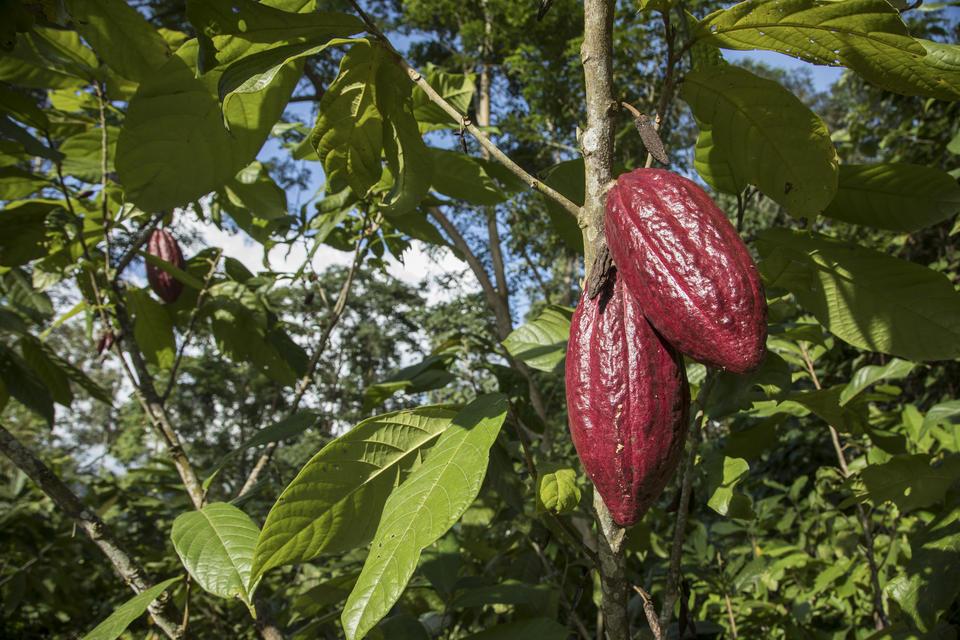Emissions Reduction in the Colombian Amazon: The Case of Caquetá
- From
-
Published on
18.09.24
- Impact Area

Colombia has been a pioneer in adopting ambitious policies that seek to meet its climate commitments, such as a 51% reduction in emissions by 2030 and carbon neutrality by 2050. These goals are especially relevant in regions such as Caquetá, the region with the third-highest greenhouse gas emissions.
Livestock and cacao are important value chains in this region of the Amazon, not only because of their economic value, but also because of their capacity to contribute to rural development and peace building in areas affected by years of conflict. The study in Caquetá revealed which stages of these production chains generate the most emissions.
Related news
-

Bridging science, finance, and restoration: Insights from the sustainable beef investment roundtable
Multifunctional Landscapes Science Program17.11.25-
Climate adaptation & mitigation
Rome, 2–4 October 2025 — The Sustainable Beef Investment Roundtable brought together over 50 pa…
Read more -
-

COP30 Week 1: Negotiation Highlights and CGIAR Perspectives
Climate Action Science Program17.11.25-
Adaptation
-
Climate adaptation & mitigation
-
Mitigation
Week 1 of COP30 in Belém, Brazil – set against the backdrop of the Amazon…
Read more -
-

DTA at COP30: Why Digital Transformation Belongs at the Heart of Climate Action
Climate Action Science Program13.11.25-
Adaptation
-
Climate adaptation & mitigation
-
Mitigation
As the world gathers in Brazil for COP30, the conversations are once again focused on…
Read more -
